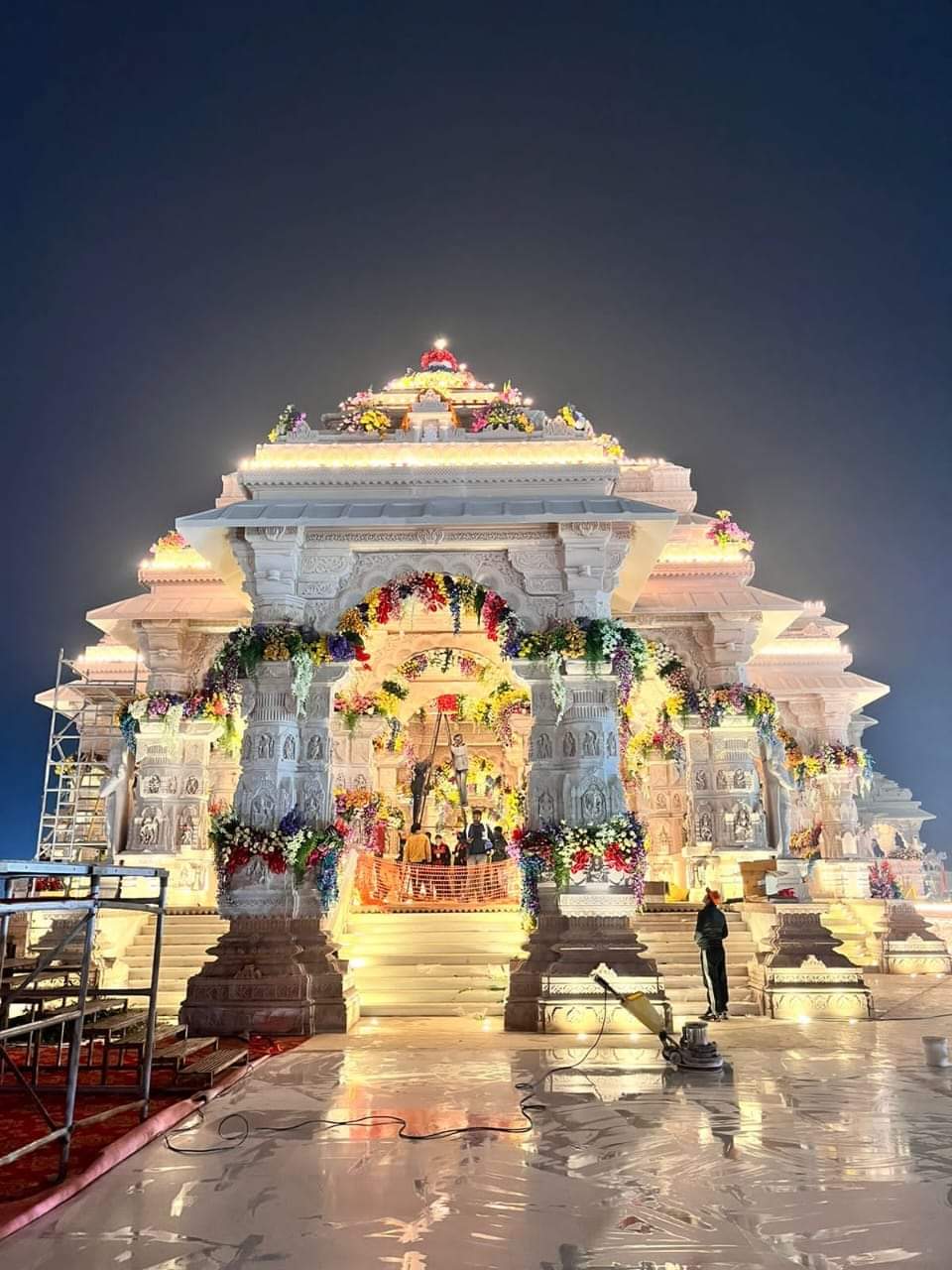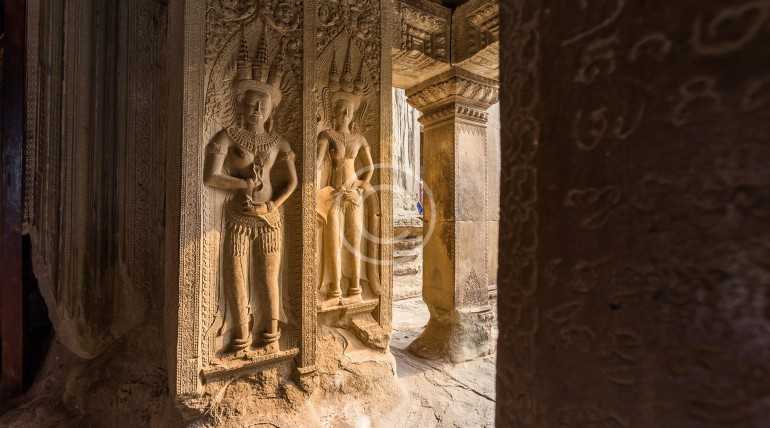The new Ram Lalla Temple in Ayodhya stands as a testament to the fusion of ancient Indian heritage architecture with cutting-edge scientific innovation. Designed to endure over a millennium, this temple is not just a religious edifice but a symbol of architectural brilliance and technological advancement.
The Vision of Durability and Science
Shri Nripendra Misra, the chairperson of the temple construction committee, emphasizes the temple’s longevity, crediting the collaboration of top Indian scientists and the use of technologies from ISRO in its construction. This iconic structure, designed by Chandrakant Sompura, who hails from a lineage of temple architects, embodies the Nagar Shaily style of northern Indian temple architecture.
A Structural Behemoth
Spanning 2.7 acres with a built-up area of 57,000 square feet, the temple soars to a height of 161 feet, approximately 70% of Qutab Minar’s height. Remarkably, the construction avoids the use of iron or steel, relying instead on high-quality granite, sandstone, and marble. The unique construction technique involves a lock and key mechanism, eschewing cement or lime mortar, as explained by Dr. Pradeep Kumar Ramancharla of the Central Building Research Institute (CBRI), Roorkee.
Innovative Foundation Techniques
Addressing the challenge of the temple’s sandy and unstable foundation near the Sarayu River, the construction team employed an engineered soil base over a 15-meter excavation. This was reinforced with a 1.5-meter thick metal-free concrete raft and a 6.3-meter thick granite plinth.
Artistic Elegance and Structural Integrity
The temple’s visible portion is made from ‘Bansi Paharpur’ pink sandstone from Rajasthan, with white makrana marble lining the sanctum sanctorum. The ground floor features 160 columns, reducing to 132 and 74 on the first and second floors, respectively. These sandstone columns are intricately carved, showcasing the temple’s artistic magnificence.
A Blend of Heritage and Modern Engineering
CBRI’s involvement since early 2020 has been pivotal, incorporating structural designs for earthquake resistance, the ‘Surya Tilak’ mechanism, and monitoring the temple’s structural health. The temple’s design, while preserving the Nagara style, integrates advanced finite element analysis and sophisticated software tools, marrying traditional aesthetics with modern building codes.
Cultural and Historical Significance
Dr. Sharda Srinivasan, an expert in heritage metals, highlights the temple’s alignment with traditional dry masonry techniques, devoid of mortar or metal reinforcements, reminiscent of ancient Indian temple architecture. The temple employs the Mortis and Tenon method for rock joining, and its shikara (spire) is built using the corbelling technique, characteristic of traditional Indian temples.
The Ram Temple of Ayodhya: A Modern Marvel Rooted in Tradition
The Ram Temple in Ayodhya, thus, stands as a modern marvel, deeply rooted in the rich tapestry of India’s architectural heritage, yet embracing the advancements of the 21st century. It is not only a place of worship but also a beacon of India’s capability to blend its glorious past with the promise of a technologically advanced future.



